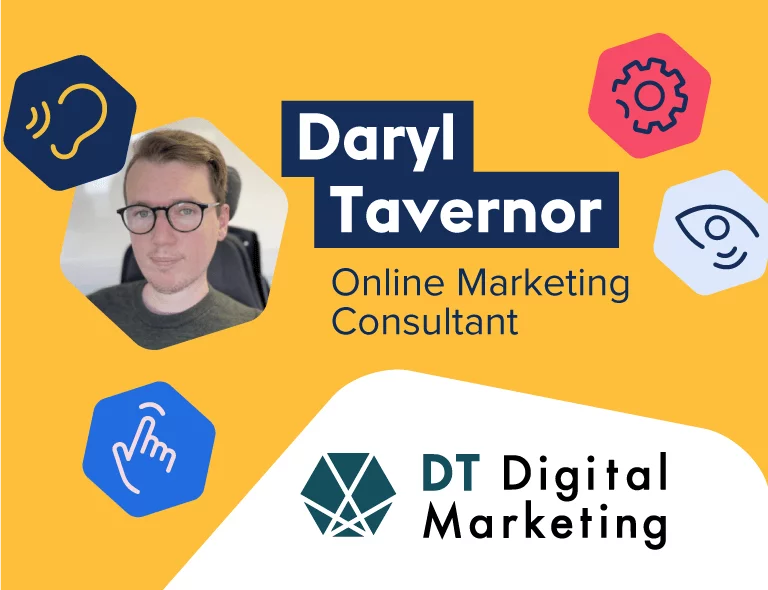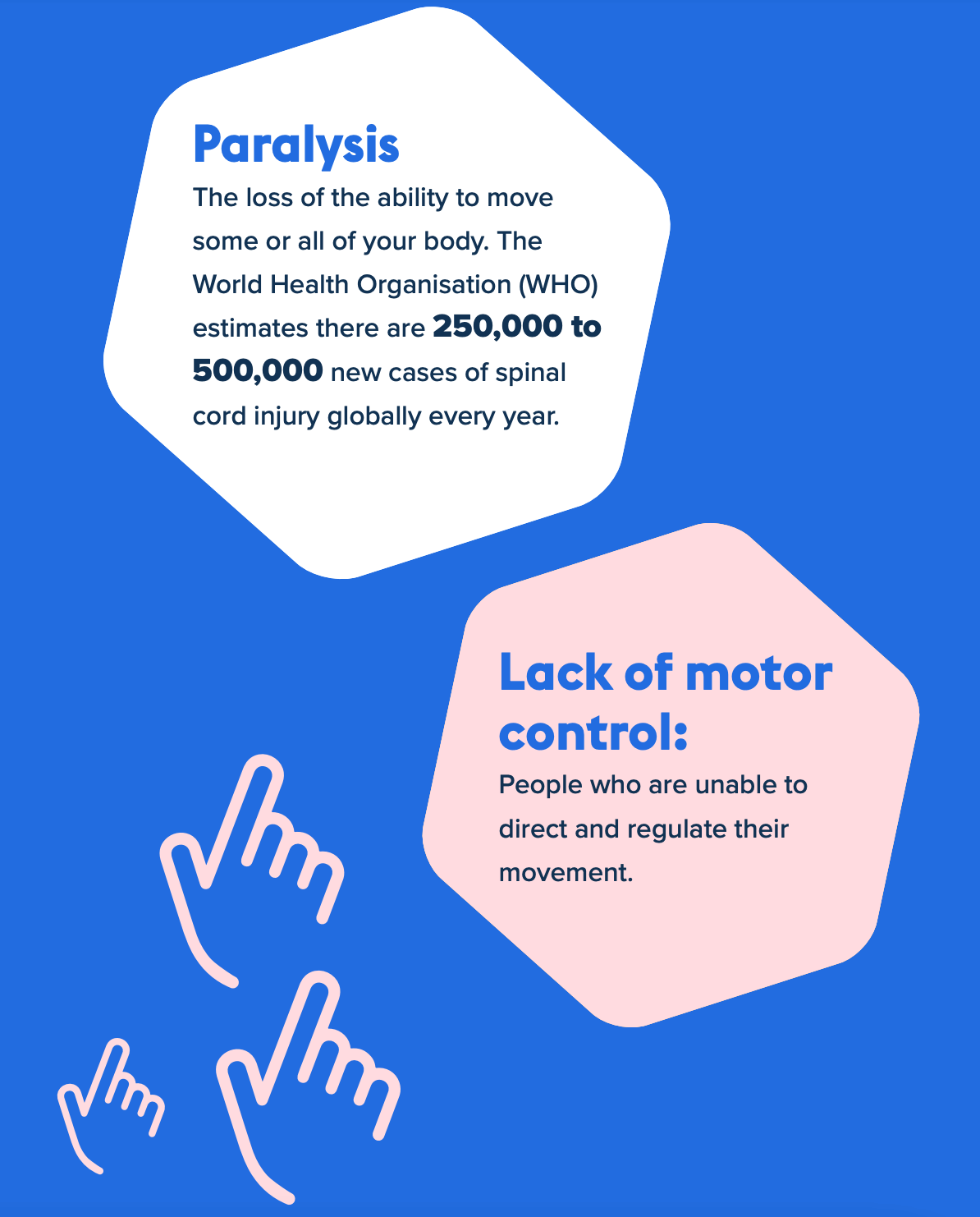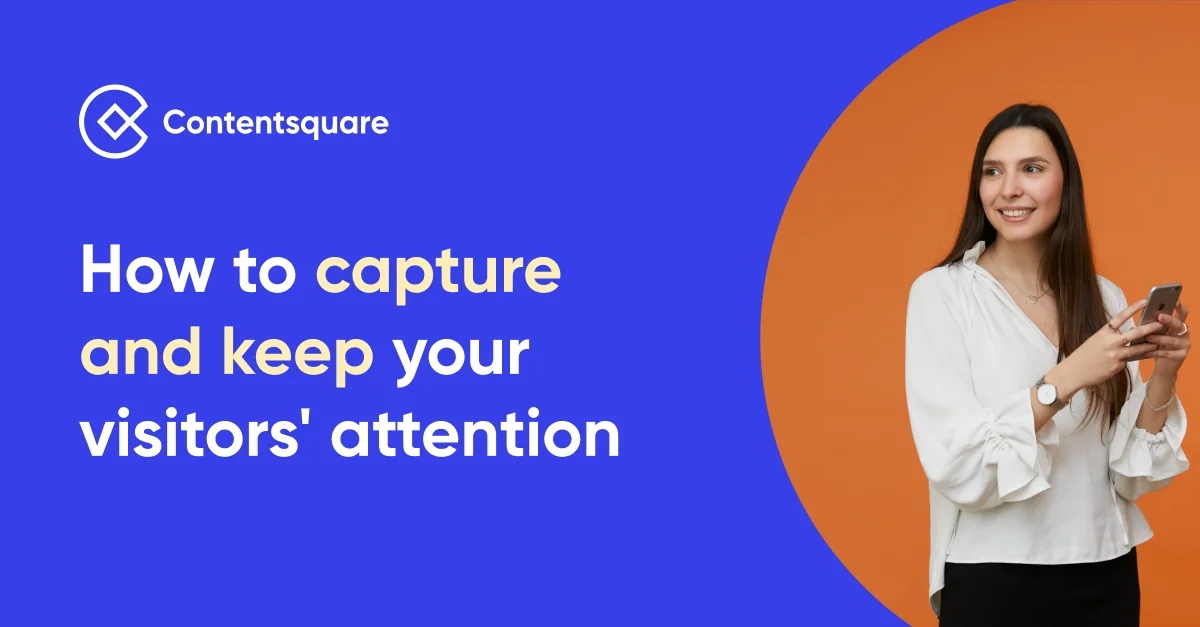Digital Accessibility Insights: Five Minutes With Daryl

Recently, we spoke with Daryl Tavernor about his experience of using the internet with a disability. Here’s what he had to say…
Daryl Tavernor is a digital advertising consultant and tech start-up founder with a passion for technology, entrepreneurship, and accessible travel. A wheelchair user since he was eight, Daryl has a genetic condition called Spinal Muscular Atrophy. This causes acute physical weaknesses over his entire body.
“To put this into perspective,” he says, “I cannot handwrite, lift a cup of coffee nor walk at all.”
Navigating the web
Due to the ease of using touch, Daryl often uses his smartphone to browse the internet and send emails. “However, I find websites which are badly optimized for mobile extremely difficult to use,” he explains.
“Problems such as elements that are too close together or overlapping, pop-ups, small buttons, incorrectly formatted forms, or multi-faceted navigation with small links” all make accessing websites difficult – and these things have a huge impact on Daryl’s quality of life.
The impact of inaccessible websites
With over one billion people in the world living with an impairment that affects their ability to use the web, inaccessible websites are a huge problem. That’s one billion people who may not be able to order groceries, catch up with friends, or order new medication – something Daryl has experienced firsthand.
Inaccessible websites make it harder for me to manage my digital assets, interact with family and friends, and access digital services such as medical appointments and tax submissions, which can result in fines or worse. It also increases my reliance on others to do things for me.
Independence is everybody’s right. And a commitment to digital accessibility ensures that just because someone has a disability, doesn’t mean they have to rely on others to help them out online – because that’s a basic human right.
Inclusive digital tools
To navigate the web, Daryl relies heavily on autofill features.
If a form is labeled incorrectly, my autofill tools cannot predict the information needed for the field, which can be time-consuming.
Similarly, password managers make storing and managing passwords easier, without the need to type them out each time. Simple accessibility tools like this can make a huge difference for people like Daryl, and save them the effort of having to complete repetitive actions time and time again.
Structuring text correctly using the right schema (H1, H2, H3, P) is something else Daryl relies upon heavily. This makes navigating to the right content easier and saves time jumping around pages that don’t follow a sensible content hierarchy.
Equally, the ability to increase the size of the text to his preference and zoom in on certain elements helps to make the web experience more inclusive for him.
While a lot has been done to improve website accessibility for those who have visual disabilities, sadly not much has been done for those with physical disabilities. We need better-recognized standards for websites and better enforcement to ensure big websites follow those standards,” concludes Daryl.
Daryls’ top tips for digital inclusivity:
- Follow web standards such as W3C, WCAG, or Google quality guidelines
- Ensure you have a highly organized navigation
- Structure text correctly using the right schema (H1, H2, H3, P)
- Keep pop-ups and intrusive ads to a minimum
- Ensure webforms, payment gateways, and login fields are formatted correctly to allow autofill tools to fill in the information
Digital accessibility: In their shoes
Take a look at our interactive page experience which aims to help educate and raise awareness of the impact of physical, auditory, and visual impairments on accessing digital content.
The first step in tackling digital accessibility is understanding the various types of impairment and how these affect millions of people around the world.
With greater knowledge comes greater responsibility, and that’s how we’re going to start building better digital experiences for all.




